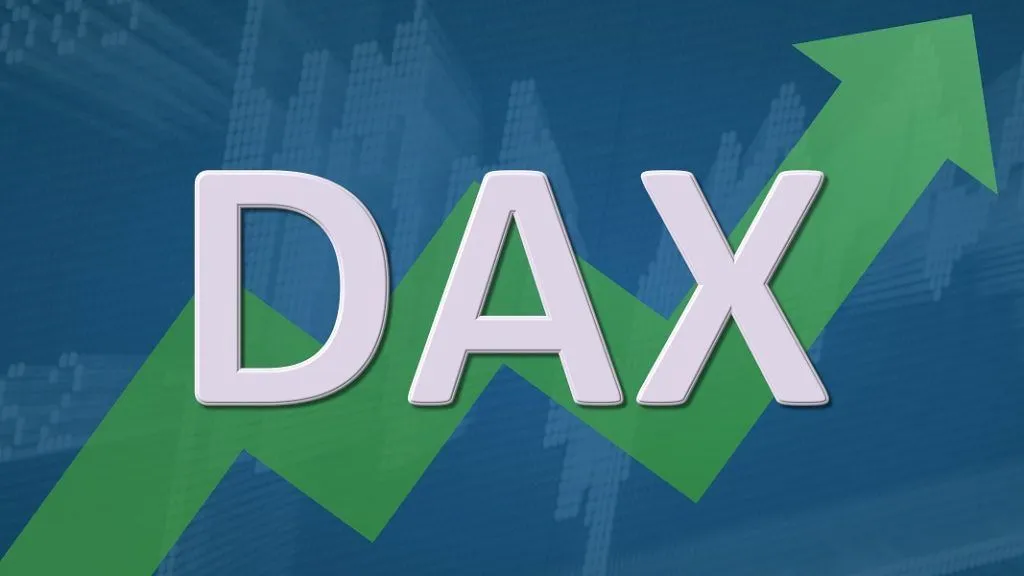Unlocking the DAX Index: A Comprehensive Guide to Understanding Germany’s Stock Market Powerhouse

Welcome to the world of the DAX Index, where Germany’s economic might becomes vividly clear through a dynamic lens. As the heartbeat of Germany’s stock market, the DAX Index showcases 30 of the nation’s largest and most influential companies, offering insights into the health of both local and global economies.
In this comprehensive guide, we’ll delve into the inner workings of the DAX, exploring its history, components, and how it reflects the changing tides of market sentiment. Whether you’re a seasoned investor, a curious economist, or someone looking to understand the nuances of stock market performance, this guide will equip you with the knowledge needed to navigate this powerful index. Prepare to unlock the secrets of the DAX Index and harness its potential to inform your investment strategies and enhance your financial acumen. Let’s embark on this journey to demystify Germany’s stock market powerhouse and uncover what makes it tick.
Historical Overview of the DAX Index
The DAX (Deutscher Aktienindex), launched in 1988, tracks the performance of Germany’s 40 largest and most liquid companies on the Frankfurt Stock Exchange. Initially comprising 30 firms, it expanded to 40 in 2021 to reflect broader economic diversity. Over decades, the DAX has mirrored Germany’s economic evolution—from post-reunification industrial growth to today’s tech-driven economy. Key milestones include its resilience during the 2008 financial crisis and its 2020 pivot to include ESG criteria. As of May 2025, the DAX remains a benchmark for European equities, though recent volatility linked to U.S.-China trade tensions highlights its sensitivity to global macro trends.
Components of the DAX: Key Companies and Sectors
The DAX is dominated by multinational giants across diverse sectors:
Automotive: Volkswagen, BMW, and Mercedes-Benz leverage Germany’s engineering prowess.
Technology: SAP and Siemens drive innovation in enterprise software and industrial automation.
Finance: Deutsche Bank and Allianz anchor the financial sector.
Chemicals/Pharma: BASF and Bayer lead in materials and healthcare.
Notably, renewable energy firms like Siemens Energy gained prominence post-2020, reflecting Germany’s green transition. However, traditional industries still account for ~60% of the index’s weight, underscoring its industrial roots.
How the DAX Index is Calculated
The DAX uses a free-float market capitalization-weighted methodology, prioritizing liquidity and tradable shares. Key features:
Rebalancing: Quarterly reviews ensure constituent relevance, with companies like Zalando (e-commerce) added in 2021.
Performance vs. Price Return: Unlike the S&P 500, the DAX includes reinvested dividends, amplifying long-term returns.
Real-Time Updates: Prices adjust continuously during trading hours, reflecting Frankfurt’s role as a European financial hub.
Importance of the DAX Index in Global Markets
As Europe’s largest economy, Germany’s DAX influences global portfolios in three ways:
1. Economic Barometer: Its performance signals Eurozone stability—e.g., a 10% DAX drop in March 2025 foreshadowed EU-wide recession fears.
2. Trade Exposure: With ~50% of DAX revenues from exports, the index reacts sharply to tariffs (e.g., 2025 U.S.-EU auto tariffs triggered a 7% decline)。
3. Investor Sentiment: DAX volatility often spills into regional indices like France’s CAC 40 and Spain’s IBEX 35.
Investing in the DAX: Strategies and Considerations
ETFs and Futures: Popular instruments include the iShares DAX ETF (EXS1) and EUREX DAX futures for leveraged exposure.
Sector Rotation: Shift toward tech and renewables amid decarbonization policies, reducing reliance on legacy automakers.
Risk Management: Use stop-loss orders during geopolitical crises (e.g., 2025’s 19% intra-year swing)。
Dividend Focus: DAX firms historically offer 3-4% yields, appealing to income investors.
The Role of Economic Indicators on the DAX
Key metrics driving DAX movements:
IFO Business Climate Index: A dip below 85 in April 2025 signaled manufacturing contraction, dragging DAX down 5%.
Eurozone CPI: Persistent inflation above 3% delays ECB rate cuts, pressuring interest-sensitive sectors like utilities.
Export Orders: A 12% YoY drop in March 2025 hit BASF and Bayer shares.
DAX Volatility Index (VDAX): Spiked to 32 in Q1 2025, reflecting investor anxiety over trade wars.
DAX Index vs. Other Major Stock Indices
| Index | Focus | Key Difference |
|---|---|---|
| DAX | German blue-chips | Heavy industrials, dividend-inclusive returns |
| S&P 500 | U.S. large-caps | Tech dominance (40% weight), higher liquidity |
| Nikkei | Japanese exporters | Currency-hedged instruments more prevalent |
| FTSE 100 | UK multinationals | Energy/mining focus, Brexit-sensitive |
| The DAX underperformed the S&P 500 in 2023-2024 (8% vs. 15% returns) but offers stability during dollar weakness
12
15
. |
Future Trends and Predictions for the DAX Index
1. AI Integration: Siemens and SAP’s $2B AI investments could boost productivity by 2030.
2. Energy Transition: Wind turbine giant Nordex may enter DAX by 2026 as renewables gain weight.
3. Geopolitical Risks: Escalating U.S.-China chip wars threaten automotive supply chains.
4. ESG Overhaul: Stricter EU carbon taxes may cut DAX earnings by 5-8% by 2030.
Analysts project a baseline DAX target of 22,000 by Q4 2025 (+12% upside), contingent on ECB rate cuts.
Conclusion: The DAX Index as a Barometer for Germany’s Economy
The DAX remains indispensable for gauging Germany’s economic health. Its 40 constituents generate ~80% of the country’s corporate profits, making it a proxy for national competitiveness. While challenges like decarbonization and trade wars persist, the DAX’s adaptability—seen in its 2020 ESG reforms—positions it to reflect both Germany’s industrial legacy and its digital future. For global investors, it offers a unique blend of stability and cyclical opportunity.